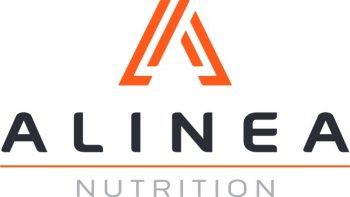*Geek Box: Dietary Pattern Scores
Most approaches to dietary assessment in nutritional epidemiology focus on foods and nutrients as the exposure of interest. However, there are several different methods of analysing total dietary patterns or characteristics of dietary patterns, known as a “diet quality index”, or “scores”. This involves creating a numeric scoring system to represent the quality of the overall dietary pattern based on specific levels of intake of different food groups, foods, and nutrients, in that dietary pattern.
There are many examples of diet quality indices, including the Healthy Eating Index and Alternate Healthy Eating Index, the Mediterranean Diet Score, the Dietary Approaches to Stop Hypertension [DASH] Diet Score, and Low-Carb Diet Score. They provide a means to quantitatively assess the healthfulness of a dietary pattern, given “quality” is an ambiguous term for research purposes. The overall scoring range may then be used as a numeric variable for a statistical analysis, i.e., by comparing levels of adherence quantified numerically as “low”, “moderate”, or “high” adherence to that dietary pattern.
There are several ways an index may assess diet quality. Basing the index on food groups and nutrient intakes is the most common, e.g., an index may have “low-fat dairy” as a food group, and then thresholds in grams per day upon which higher or lower scores are assigned. Alternatively, polyunsaturated fats [PUFA] may have a threshold in percentages, to which higher or lower scores are assigned based on PUFA intake as percentage of total energy intake. In contrast, dietary components associated with negative health outcomes, including sugar-sweetened beverages and fruit juices, red/processed meats, trans fats, and sodium have points scores inverse to consumption.
This allows for the overall healthfulness of an individual’s diet pattern to be quantified in a single number, and the overall scores in a cohort can be divided into different levels and analysed in relation to disease outcomes.
